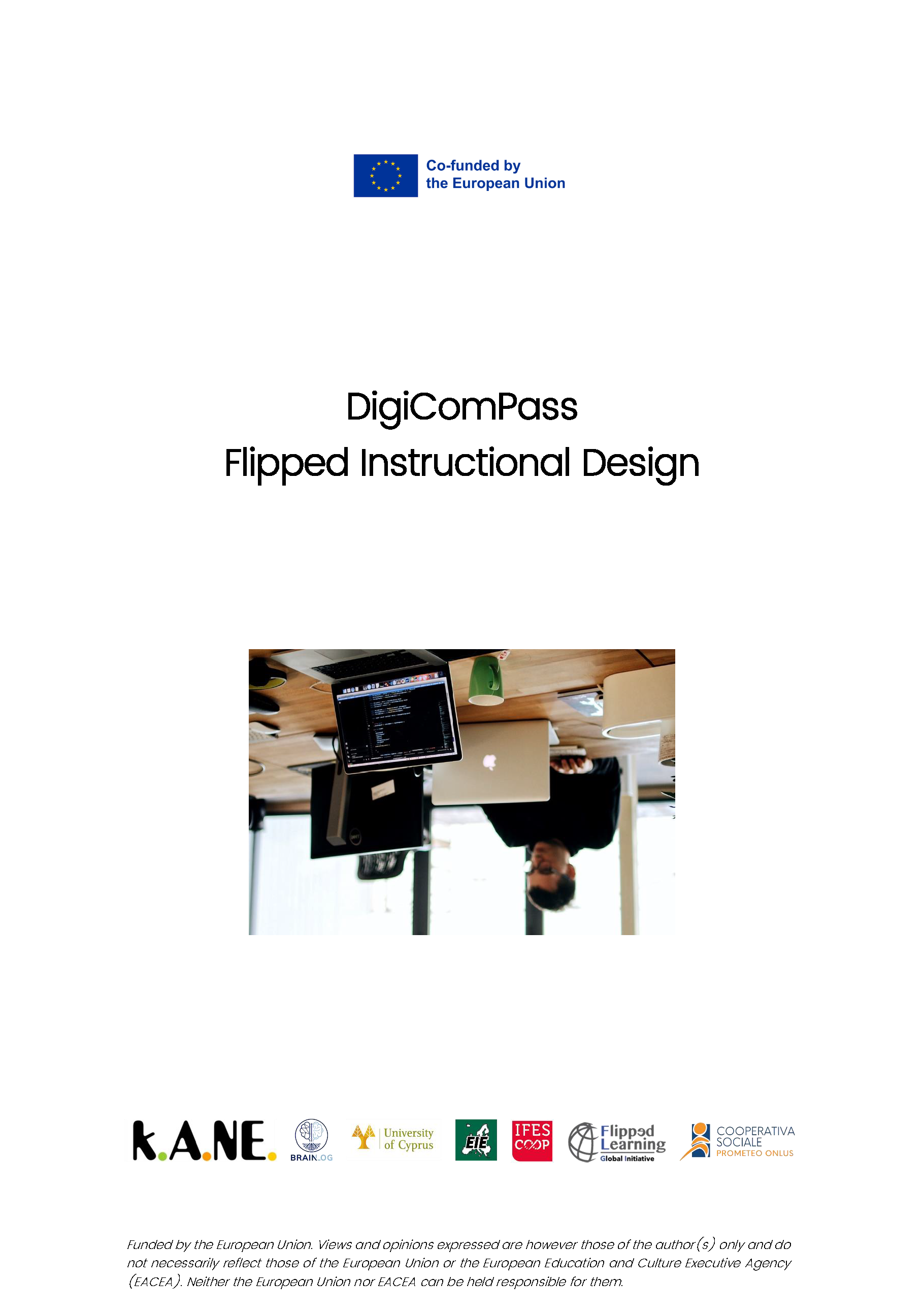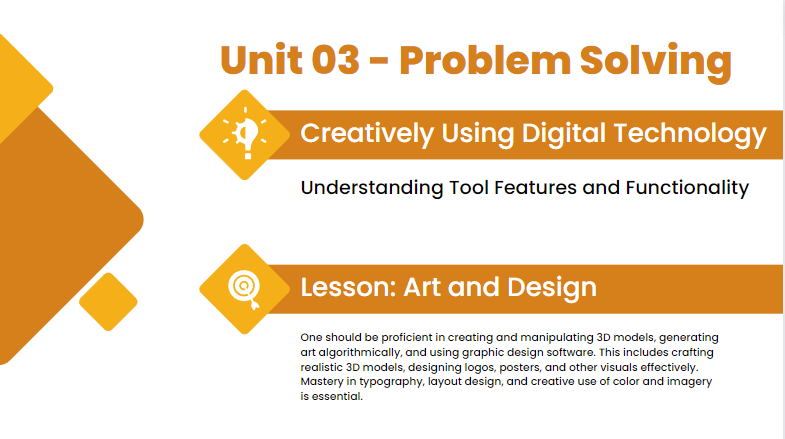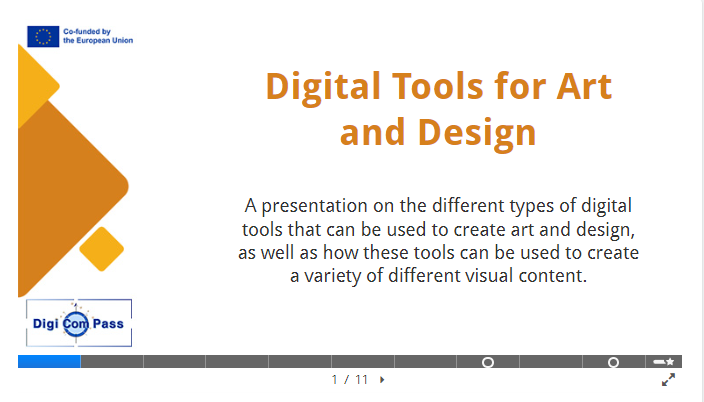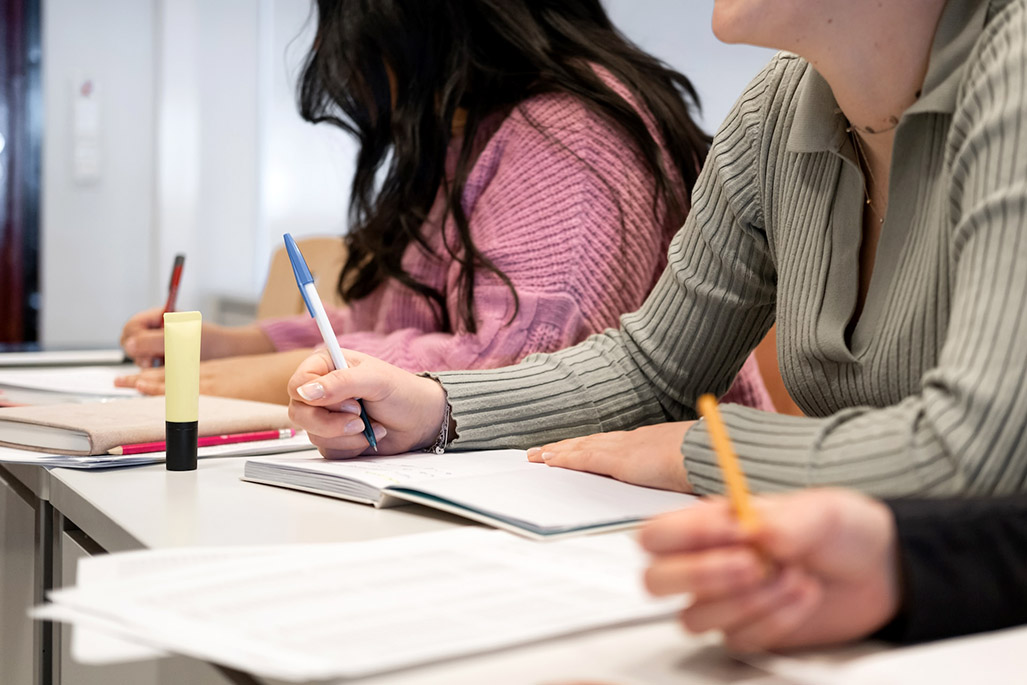Die Bloginhalte werden nur in englischer Sprache veröffentlicht.
Problem-Solving: Module 5 in the DigiComPass Training Course
In today’s increasingly digital world, the ability to solve problems effectively is more crucial than ever. With the constant influx of new technologies and the ever-growing complexity of our digital...
H5P: A Powerful Tool for Creating Engaging Multimedia Training Content
In the field of educational technology, H5P has emerged as a frontrunner, empowering educators and content creators to craft immersive and interactive multimedia training experiences. Its versatility and ease of...
Backwards Design
Backwards design is an instructional design approach that starts with the desired learning outcomes and works backwards to develop the learning experiences and assessments. This approach is based on the...
Flipped Instructional Design Published
The DigiComPass project team is pleased to present the Flipped Instructional Design (FID) guide, a comprehensive resource for educators seeking to implement this innovative teaching approach. Flipped Instructional Design Guide:...
CANVA Presentations for the Training Course
CANVA is an online design tool that allows users to create visually appealing presentations with ease. It is characterized by its user-friendly interface, vast library of templates, and the ability...
H5P Course Presentation
H5P Course Presentation is an interactive content tool that educators and content creators can use to build multimedia presentations with various embedded activities. These presentations can include slides with multimedia...
Multimedia-based Assessment
Multimedia-based assessment is a type of assessment that uses multimedia elements, such as text, images, audio, and video, to present and evaluate student learning. Multimedia-based assessments can be used to...
Lack of digital skills disadvantages citizens
People with low digital competencies face significant disadvantages in today’s increasingly digital world. These disadvantages can manifest in a variety of ways, such as limited access to information, reduced employability...
The Station Modell
The station (rotation) model is an active learning strategy that is used to engage students in learning by dividing them into small groups and rotating them through a series of...









